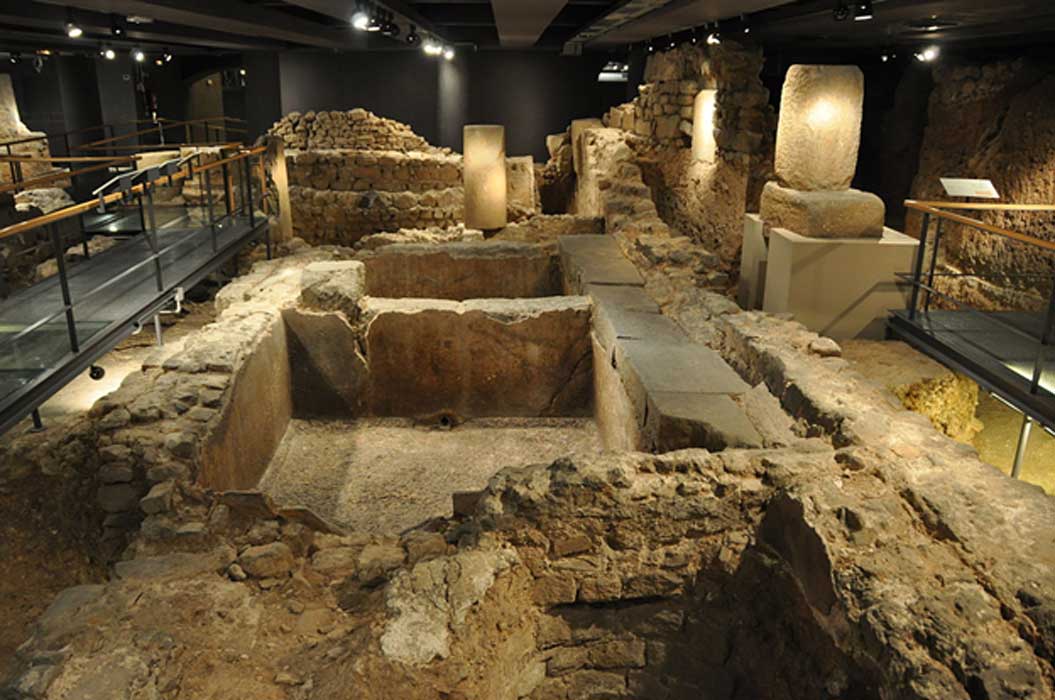
Decoding Barcelona’s Enigma of an Ancient Musical Roman Temple
While the world’s recent attention has been focused on Barcelona, as some of its people rally for Catalonian independence from Spain, few people are aware that the city is home to one of European histories’ greatest subterranean treasures; a 4000-meter-squared radius (1.3 miles squared) archaeological site of Roman ruins, including the enigma of the Temple of Augustus. The secret of this temple lies not just within its measurements, but as author and researcher Ashley Cowie investigated, it was found to enshrine the ancient code of music and architecture, expressed by Roman architects in the universal cosmic languages of mathematics and geometry.
The subterranean Roman ruins
The Barri Gotic (Gothic Quarter) of Barcelona reminds one of a labyrinth, with winding alleys leading the unsuspecting explorer to suddenly come upon the medieval Plaça del Rei or Square of the Kings. Many tourists may not suspect that hidden beneath the courtyard of the 14th century Royal Palace on the square, the Musea d’História de la Ciutat (City History Museum) displays the most extensive and magnificent underground Roman ruins in the world. Once proud, now crumbling, gargantuan sandstone columns protrude from broken mosaic walkways and streets, in what was a bustling and thriving city between the 1st and 6th century CE.
Temple of Augustus
Nearby, are the ruins of a once glorious Roman temple dedicated to Augustus, built during the Imperial period in what was the ancient Roman colony of Barcino (modern day Barcelona). Augustus (63 BC to 14 AD) was the founder of the Roman Principate and is considered to have been the first Roman emperor, but this ruinous temple in his name was not discovered until the late 19th century when three of its four vast columns emerged from a construction site.
Unlike most Roman buildings in Barcelona, which were torn down to become the foundations of newer structures, the columns of the Temple of Augustus remained intact and were incorporated into the medieval buildings which were built around them. Thousands of tourists visit these columns every year, take a quick selfie, and climb the steps back to modern Barcelona. Only a few people take the time to reflect upon the volumes of hidden data and ancient knowledge embedded, not only within the measurements of the actual columns, but in the carefully delineated spaces ‘between’ the stones.





